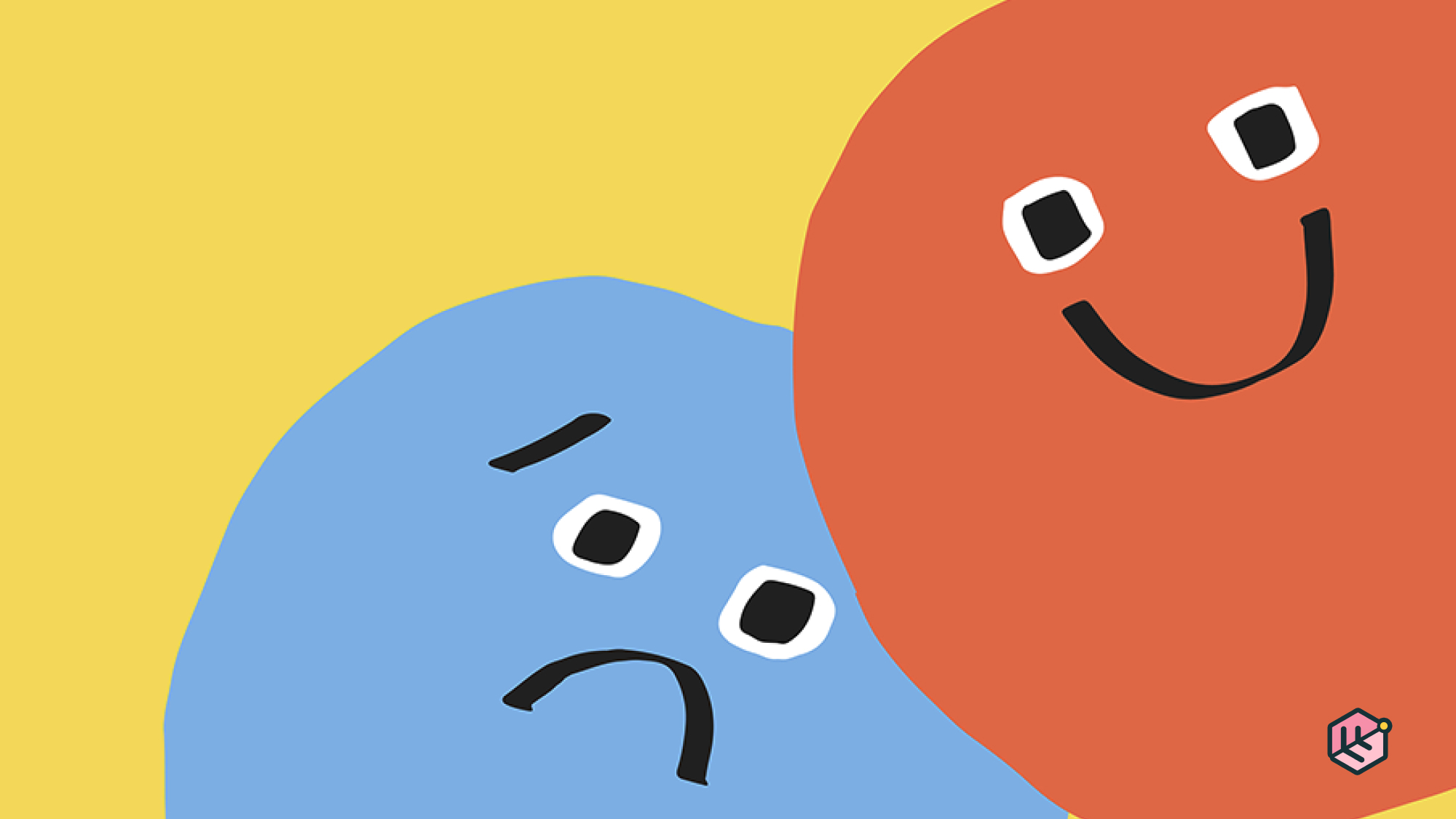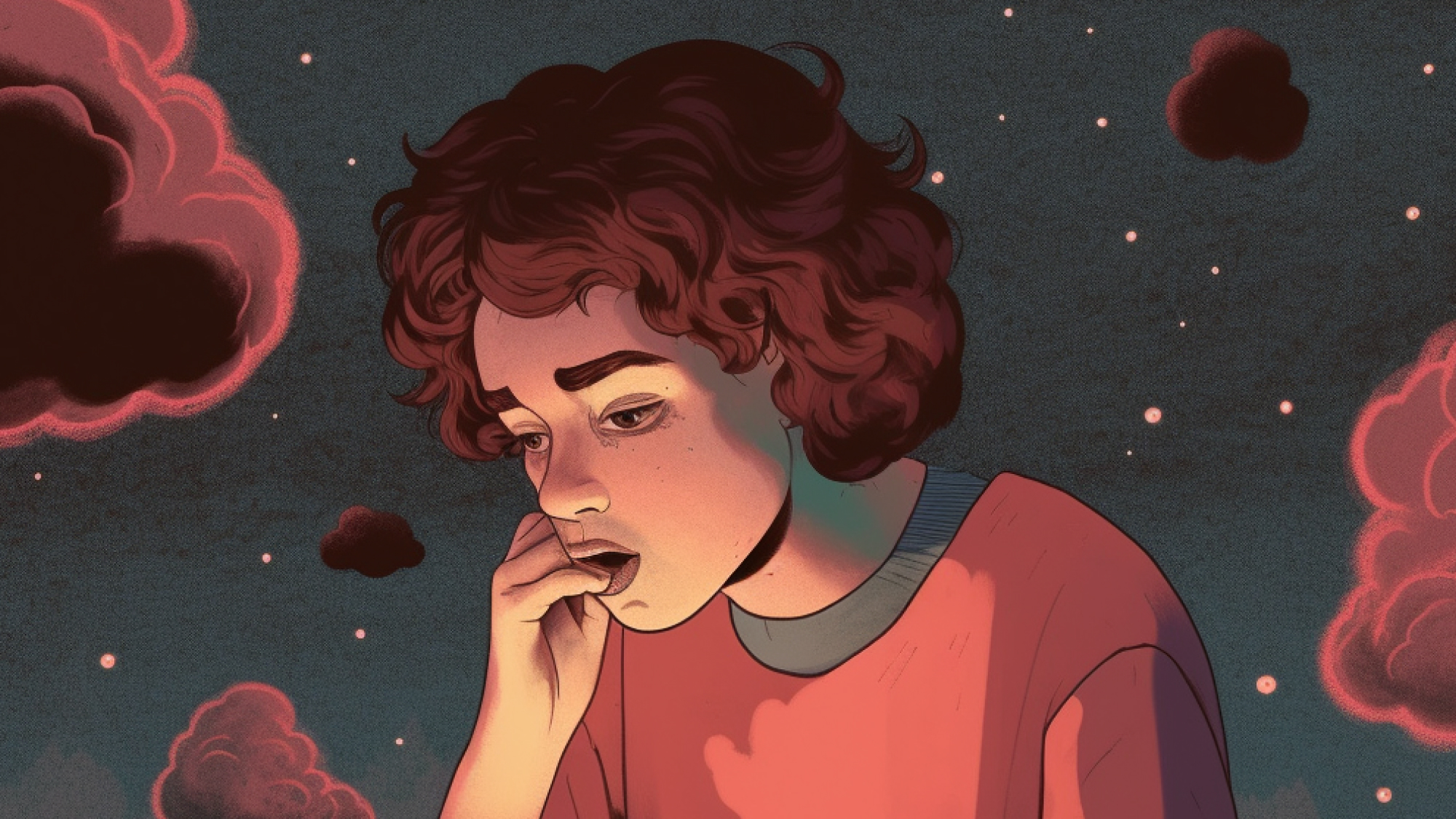
We all like to think that pain is something we all avoid.
And yet, there are people out there that will purposely eat extremely hot spicy food despite the eye-watering pain they go through to consume the food.
There are also others that love to partake in sadomasochistic sexual acts, feeling the rush of pain in the midst of intimacy.
Even when it comes to emotional pain, there are countless individuals who will remain in toxic relationships or people — dealing with anxiety and stress throughout — yet choosing not to leave.
So why is it that in some ways, we find ourselves finding pleasure in pain, and is there any real relationship between them within the brain?
The pleasure of pain
One explanation as to why some pain gives us an innate mild pleasure is that pain itself can cause the central nervous system to release endorphins. For a refresher, these are chemicals that our brain releases to help cope with stress and pain by giving us a slight rush of euphoria.
This is very evident in forms of exercise that require you to exert a burst of intense energy, from sex to jogging. Anybody who has run regularly, you’re familiar with a ‘runner’s high.’ This is because as your body exerts high amounts of energy bursts, it releases lactic acid, which then triggers the pain receptors in the muscles. As this occurs, electrical signals are sent through the spine to the brain.
This surge of signals alerts the hippocampus — the crucial part of the brain involved in memory, learning, and spatial navigation. The natural response that comes thereafter is for your body to release the endorphins as a way to ‘deal with the sudden burst of pain and irritation’.

While initially, the point of this endorphin release is to block the pain, it can go even further by stimulating the limbic and prefrontal parts of the brain, which are associated with pleasure.
In addition to this, intense exercises such as sex or a workout can release anandamide, which attaches itself to the brain’s receptors to help block pain and instead, create a sense of warmth and pleasure.
Then finally, to take add to that even further, your body produces adrenaline as well, which raises a person’s heart rate and in turn, sense of excitement.

How the brain balances pleasure and pain
With all of these chemicals aimed at blocking pain, inevitably lead to providing pleasure — which is no wonder why things that can sometimes make us suffer, can feel good.
Besides this rush, of momentary bliss, we feel physiological, what motivates us to seek for such painful, yet pleasurable experiences?
In the journal Neuron, a study done in 2019 led by CSHL Professor Bo Li, examined how there are two distinct classes of neurons controlling positive and negative motivation.

This ability to recognize awards and punishments is determined by the ventral pallidum — a part of the brain in the basal ganglia that relates to reward learning, hedonics, and motivation.
The researchers of the study found that the neurotransmitter known as GABA was responsible for motivating animals to seek some reward (receive pleasure). However, when seeking to avoid pain, the neurotransmitter known as glutamate was involved.
It is this constant balancing activity between the two signals that motivate an animal to do either action. Yet, when we are experiencing genuine depression and/or anxiety, there is an imbalance in these two, which is why our motivation to seek the positive and avoid the negative, often gets skewed.
All part of the same brain
In the end, pain and pleasure — interestingly enough — involve the same brain circuitry, making them closely intertwined together.
As evident from a study done at the Massachusetts General Hospital, conducted together with Assistant Professor of Radiology Lino Becerra, Hans Brieter, and others, they found from brain scans that when heating a subject’s hand hot enough for it to hurt or cause discomfort, the activity associated with this pain but also similar to those seen when experiencing pleasure from food, drugs, sex, etc.
Studies like this demonstrate that we have a single system that responds to the range of emotions of pain and pleasure. What we go through is all part of the same brain.
With this clearer understanding of pain and pleasure in the brain, and how they come from the same place, we can learn to treat pain a bit differently.










